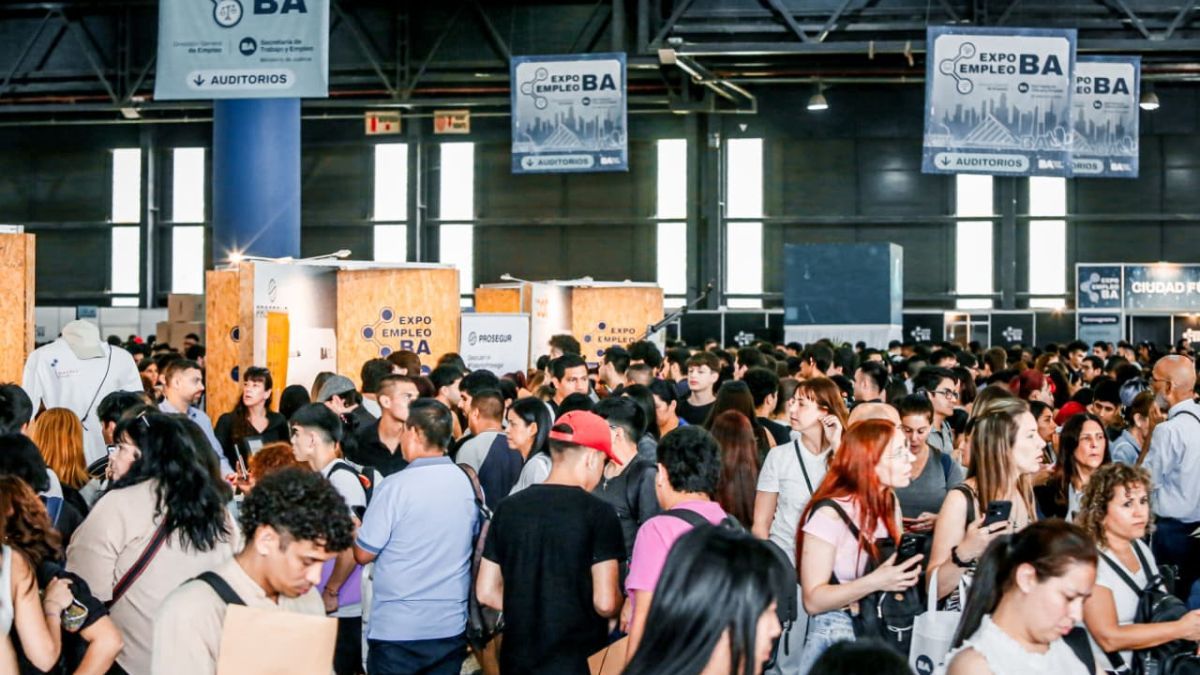It is important to note that the CPI is prepared based on the National Household Expenditure Survey 2004-2005. This survey consulted the consumption and income of 45,326 representative households, selected using statistical methods.
The National Household Expenditure Survey made it possible to find out how household spending was formed (the weight of each of the items within total spending) and which were the most consumed items (the composition of the basket).
How much does the CPI cover?
map.jpg
Until July 2017, the CPI covered Greater Buenos Aires. Since that month, it has been expanded coverage of the indicator throughout the country. The results are obtained from 39 urban agglomerates and are presented, since then, disaggregated for 6 regions Statistics defined by INDEC: Greater Buenos Aires, Cuyo, Northeast, Northwest, Pampeana and Patagonia. This geographical expansion meant that they went from collecting 90,000 prices to approximately 320,000.
How many divisions does the IPC have?
canasrta

- FOOD AND NON-ALCOHOLIC BEVERAGES All food and non-alcoholic beverages purchased for consumption at home.
- ALCOHOLIC BEVERAGES AND TOBACCO Alcoholic beverages for the home and expenses on tobacco in all its forms
- CLOTHING AND FOOTWEAR DIVISION Indoor and outdoor clothing; clothing articles and accessories; footwear and textile materials for men, women and children.
- HOUSING, WATER, ELECTRICITY, GAS AND OTHER FUELS Rent and common expenses; home maintenance and repair; water supply and sanitation; electricity and fuels (bottled or network gas, firewood and coal, among others).
- HOME EQUIPMENT AND MAINTENANCE DIVISION Furniture; accessories and textile articles for the home; crockery and kitchen items; garden tools and cleaning products
- HEALTH Medicinal products, artifacts, health equipment, services for outpatients, hospitals and expenses in prepaid and social works.
- TRANSPORTATION Acquisition of vehicles, expenses for the operation of personal transport equipment and household expenses in public transport.
- COMMUNICATION Equipment and telephone services and internet connection services.
- RECREATION AND CULTURE Audiovisual and photographic equipment; durable equipment for recreation and sports; gardens; animals; recreational and cultural services such as newspapers, books, magazines, tourist packages and excursions.
- EDUCATION Educational services for preschool, primary, secondary, tertiary, university and post-university.
- RESTAURANTS AND HOTELS Restaurants, meals outside the home in general and hotel services.
- GOODS AND SERVICES Personal care, effects, personal, social protection, insurance, financial services and others.
This is how the CPI basket is defined, which contains those products and services that are most representative of the expenditure of the household as a whole. Every business day, month to month, the pollsters survey the prices of the goods and services that make up the CPI basket.
How is the calculation of price variation?
calculation.jpg

Once the reference period (the base of the index) is obtained, the prices of the same goods and services that make up the CPI basket are surveyed monthly, and their evolution over time is observed. It compares product by product, month by month; and from its variations with respect to the base period an index number is obtained.
How many prices are surveyed, where are they collected?
INDEC pollsters make visits every working day and collect about 320,000 prices of the varieties of the basket in different shops. Monitoring is carried out in private businesses, supermarkets, self-service stores and markets located in neighborhoods and shopping centers in 39 urban agglomerates of all the provinces of the country, in the Autonomous City of Buenos Aires and in the 24 districts of Greater Buenos Aires. These businesses are selected taking into account the types of businesses where the surveyed households made their purchases.
The selection of the 39 agglomerates covers the provincial capitals: La Plata, Córdoba, Santa Rosa, Paraná, Santa Fe, San Salvador de Jujuy, Salta, San Miguel de Tucumán, San Fernando del Valle de Catamarca, La Rioja, Santiago del Estero , Corrientes, Posadas, Resistencia, Formosa, Greater Mendoza, San Juan, San Luis, Neuquén, Viedma, Rawson-Trelew, Río Gallegos and Ushuaia. In addition, there is information on the following locations: Bahía Blanca, Zárate, Campana, Mar del Plata, Tandil, Río Cuarto, Villa María, Concordia, Rosario, Rafaela, San Ramón de la Nueva Orán, Roque Sáenz Peña Presidency, San Rafael , San Carlos de Bariloche, Comodoro Rivadavia, Puerto Madryn and Rio Grande. To this set is added the survey in the Autonomous City of Buenos Aires and the 24 districts of Greater Buenos Aires.
Is the CPI basket the same as a food basket?
An error that frequently occurs is to confuse the CPI basket with the food basketbut the latter is only a part of the former. Thus, it is normal to believe that the prices of the CPI basket increase as much as food prices or that an increase in a single product can be passed on to all prices.
Is CPI the same as cost of living?
The CPI is often thought to measure the cost of living and its changes over time. However, the cost of living comprises subjective elements that arise from the way in which the consumer changesover time, their personal consumption basket, seeking a better satisfaction of their needs.
On the contrary, the CPI measures a fixed basket over time, which does not vary based on subjective decisions.
On many occasions, to maintain a certain standard of living, the citizen can change their consumption. For example, a household that consumes 10 kilograms of meat per month can vary the proportion of this food (consume less fish and beef and more chicken or pork) depending on the evolution of the prices of each type of meat.
Another easily identifiable example is that the decrease in some consumption (for example, clothing) can be compensated with access to other goods (for example, leisure and education).
While the CPI measures the price changes of the same quantities of the same goods and services, the cost of living index calculates the changes in the cost of maintaining the same standard of living.
Why isn’t the cost of living index calculated? Because there are no practical possibilities of immediately and permanently knowing three events that can occur at the same time: changes in the quantities consumed, changes in the prices of the goods consumed, and changes in the tastes and possibilities of consumers.
For this reason, all countries compile only the consumer price index. The population searches this index for information that helps them make daily decisions regarding their income, assets and consumption.
Source: Ambito




